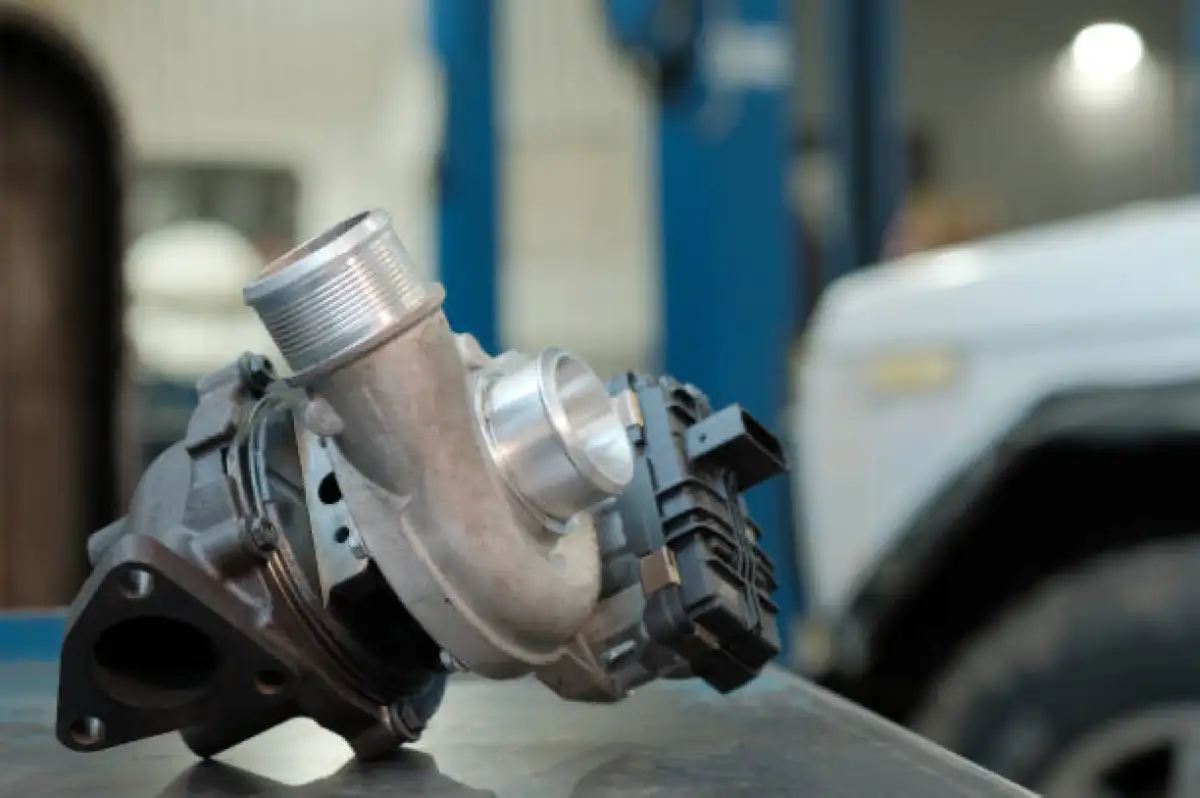Discover how you can quickly verify the authenticity of Toyota spare parts to ensure you always receive the quality you deserve. In 2025, knowing how to identify genuine Toyota spare parts is essential for every car owner in the GCC region.
How to Quickly Check Authenticity (5-Minute Verification)

When you first inspect a part, start by examining three immediate visual indicators that are hard to replicate. Look for the laser-etched Toyota logo, which should have a precise 0.5mm letter depth and maintain clean, sharp edges. Be alert for dynamic holographic labels that reveal color-shifting security patterns when viewed from different angles; these features are common in genuine Toyota parts in 2025.
QR Code Authentication Process
To ensure the part's legitimacy, you should scan the QR code using Toyota's official app. The app will verify a 17-digit code that must match the markings on the packaging and confirm that the production date falls within the trusted 2023-2025 range. This process helps you avoid complications, ensuring that every part meets the necessary GCC certification standards.
Where to Buy Certified Parts

Purchasing Toyota spare parts from authorized dealers is critical. Consider buying directly from recognized Toyota Service Centers, which are available in over 35 locations in the UAE, or through trusted outlets like Al-Futtaim Motors parts counters. These channels offer transparency in pricing; for instance, air filters should be priced between AED 120/SAR 120 and AED 180/SAR 180, while counterfeit parts often come at suspiciously low prices.
Authorized Distribution Channels
• Toyota Service Centers provide the best reliability and access to the latest anti-counterfeit measures. • Al-Futtaim Motors parts counters are known for strict adherence to genuine spare part standards. • The official online store ensures same-day delivery and full compliance with 2025 technical updates.
2025 Technical Updates to Know
Staying informed about technical advancements is crucial when verifying Toyota parts. New anti-counterfeit features, like nano-printed serial numbers visible only under UV light, have been introduced. You’ll also notice innovative smart packaging with temperature-sensitive ink and even a blockchain-based verification system, which together enhance the overall security of genuine spare parts.
Warranty Protection
Genuine Toyota spare parts come with a comprehensive warranty that includes 2-year unlimited mileage coverage. It is essential to register within 14 days of purchase to activate the warranty benefits, ensuring that you are fully covered against future issues. Familiarizing yourself with these details helps you avoid unintentional oversights when you are identifying authentic Toyota components.
Common Mistakes to Avoid

In your search for genuine Toyota spare parts, you must remain cautious. Avoid accepting parts labeled as "OEM-equivalent" if they lack the official holograms and proper certification marks. Pay close attention to packaging details, paying extra care to ensure that fonts and design elements are consistent with authentic parts. Refrain from purchasing from unverified online platforms, as they often offer lower prices at the cost of quality and warranty legitimacy.
• Always ask for a digital verification certificate at the point of purchase to ensure that each piece meets the required standards.
FAQ

Q1:How do I verify the authenticity of Toyota spare parts using QR codes?
The process begins by using Toyota's official app to scan the QR code found on the spare part's packaging. The app compares a 17-digit verification code with the one printed on the packaging and checks if the production date fits within the expected range. This method is a quick and effective way for any car owner to confirm that the spare parts are genuine. By following this process, you can ensure that you are meeting GCC certification standards. Make sure you always use the authorized guidance provided by Toyota's digital verification systems.
Q2:What visual clues should I look for on the spare parts’ packaging?
Pay attention to signs such as a laser-etched Toyota logo that clearly indicates precision and authenticity. Genuine parts feature dynamic holographic labels that change color when tilted. Additionally, packaging designed for 2025 will incorporate new eco-friendly symbols and precise font styles, which serve as a testament to quality. Such details are crucial in distinguishing authentic parts from counterfeit ones, especially for GCC market standards. This visual check should be your first step before making any purchase.
Q3:Why is purchasing from authorized distribution channels important?
Authorized retailers, like Toyota Service Centers and trusted dealers such as Al-Futtaim Motors parts counters, guarantee that the spare parts meet stringent GCC certification standards. Purchasing from these channels minimizes the risk of ending up with counterfeit items that may not offer proper warranty protection. This is particularly important when considering price discrepancies, as genuine parts maintain a consistent price range. By choosing reliable sources, you ensure both the quality of the product and robust after-sales support.
Q4:What new anti-counterfeit features should I be aware of for 2025?
In 2025, Toyota has introduced several new anti-counterfeit measures such as nano-printed serial numbers that are only visible under UV light. Moreover, parts now come with smart packaging that uses temperature-sensitive ink to indicate authenticity. There is also a blockchain-based verification system in place that adds an extra level of security. These innovations are designed to simplify the identification process for car owners while ensuring that only genuine parts are installed. Taking note of these updates will help you keep ahead in determining authenticity.
This article is for reference only. Please follow the latest local laws and regulations.
Read more:
How to Choose the Right Car in 2025 for GCC Drivers

Mustafa Karim, having been deeply involved in automotive research and development for over ten years. He is fond of Japanese cars, and their precise and energy-efficient features have influenced him. In his spare time, he loves Japanese anime and kendo, drawing inspiration from them for control system research and development. He also often shares cutting-edge automotive knowledge on platforms, contributing to industry innovation and adding strength to automotive development with his expertise.













